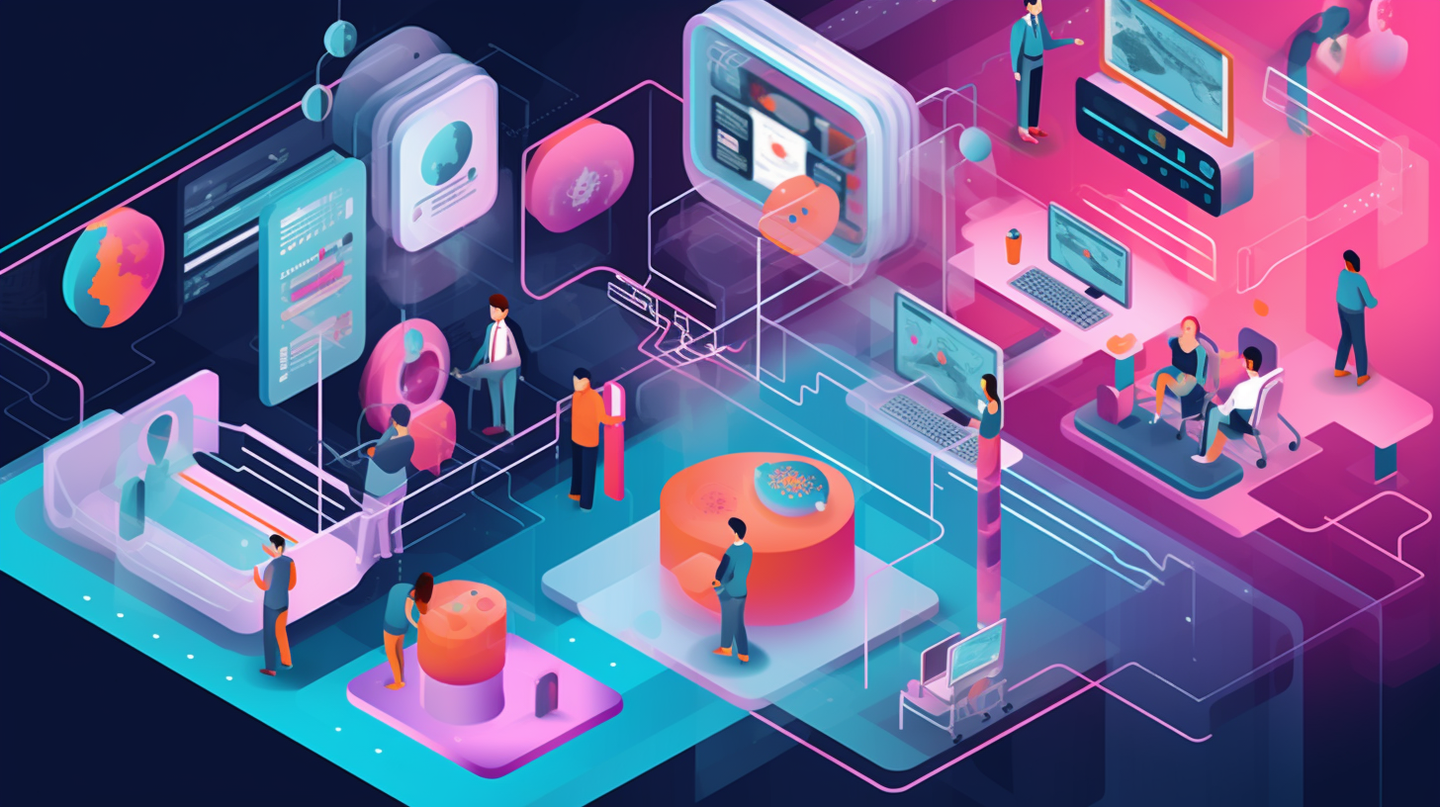Multi-terminal capability service unification is a key technology and service architecture, which aims to provide consistent user experience and functions for different terminal devices. By adopting a combination of front-end and back-end technologies, such as responsive web design, PWA, cross-platform mobile application development framework, RESTful API, GraphQL, WebSocket, Serverless architecture, and microservice architecture, the goal of multi-terminal capability service unification can be achieved.
This unified approach helps eliminate differences between different devices, simplifies development and maintenance, and provides a better user experience. Users can seamlessly switch between different devices and enjoy a consistent interface and functionality. Developers can build applications and services more efficiently, and achieve wider coverage on multiple platforms and devices by reusing code and resources.
However, unification of multi-terminal capability services also requires careful consideration of differences in device characteristics, user experience, and performance. During the design and development process, there is a need to weigh the pros and cons of different technologies and choose a solution that fits your specific needs.
Traditionally, different devices (such as mobile phones, tablets, smart TVs, smart watches, etc.) have their own independent operating systems, user interfaces, and application ecosystems. This leads to the incompatibility of applications and services between different devices, and users need to learn and adapt to the different operation methods and interfaces on each device.
Multi-terminal capability service unification aims to abstract applications and services from the details of underlying devices through a unified technical architecture and service model, so that they can run seamlessly on multiple devices. This architecture is often implemented using cloud services, cross-platform development frameworks, and unified application programming interfaces (APIs).
Through the unification of multi-terminal capabilities and services, users can seamlessly switch between different devices and maintain a consistent user experience. For example, a user can start a task on a phone and continue on a tablet without interrupting or restarting the task. This unified experience increases user productivity and satisfaction, and simplifies developers' jobs as they write an app or service once and it runs on multiple devices.

Feasible technical solutions? False proposition?
"Everything is interconnected". In fact, with the development of modern software technology and open source technology, no matter the front-end or the back-end, there are multiple technologies that can realize the unification of multi-terminal capabilities and services.
Front-end technologies include:
-
Responsive Web Design (Responsive Web Design): Responsive design can dynamically adjust the page layout and style according to the screen size and characteristics of the device to adapt to different terminal devices. A consistent user experience across devices can be achieved by using techniques such as media queries, elastic layouts, and streaming images.
-
Progressive Web Apps (PWA): A PWA is an application built using modern web technologies to provide a native app-like experience on various platforms and devices. PWA can enhance the user experience by adding to the home screen, offline access, push notifications, etc., and can be used on multiple devices and operating systems without the need to separately develop applications for different platforms.
-
Cross-platform mobile application development framework: Cross-platform frameworks such as React Native, Flutter, FinClip, etc., allow developers to use a set of codes to build applications that run on multiple platforms (such as iOS, Android, and Web) at the same time. These frameworks provide access to device hardware and platform functions, and unify multi-terminal capability services through unified interface components and APIs.
-
Component-based development: By adopting the method of component-based development, different functions and interface elements of the application can be split into independent components, so that they can be reused and shared on different platforms and devices. Using a front-end framework such as React, Vue.js or Angular, it is easy to create composable components and provide a consistent user experience across different devices.
-
Cloud-based front-end development: move the front-end business logic and user interface to the cloud to achieve unified access on different devices. By using the front-end development tools and platforms provided by cloud service providers, developers can build applications that are deployed once and accessed by multiple terminals. This approach enables data and state to be shared across devices and enables a unified user experience.
Backend technologies include:
-
RESTful API: Using REST (Representational State Transfer)-based API design, it can provide a unified interface to access and operate back-end services. RESTful API uses standard HTTP methods (such as GET, POST, PUT, DELETE) and resource paths to communicate, and can be supported and invoked by different terminal devices and platforms.
-
GraphQL: GraphQL is a query language and runtime for building APIs that allow clients to explicitly request the data they need. GraphQL provides a flexible and efficient way to obtain and update data. Clients can assemble and obtain the required data according to their own needs, so as to realize the unification of multi-terminal capabilities and services.
-
WebSocket: WebSocket is a full-duplex communication protocol based on the TCP protocol, which provides real-time, two-way communication capabilities. By using WebSocket, the backend can establish a persistent connection with the client and push data and messages in real time. This real-time communication capability can be used in multi-terminal applications to provide consistent real-time updates and interactive experiences on different devices.
-
Serverless architecture: Serverless architecture allows developers to focus on the logic of the application without worrying about the underlying server and infrastructure management. By using the serverless platform provided by cloud service providers, developers can write functions (Function) to process specific requests and logic, and expand horizontally as needed. This architecture can provide unified services for different terminal devices, and achieve elastic and scalable capabilities.
-
Microservice Architecture: A microservice architecture splits an application into multiple small, autonomous services, each responsible for a specific business function. Each service can be independently developed, deployed and expanded, and through well-defined interfaces and protocols, the unification of multi-terminal capabilities and services can be realized. The microservice architecture enables each service to evolve and upgrade independently, and can be accessed and used by different terminal devices at the same time.